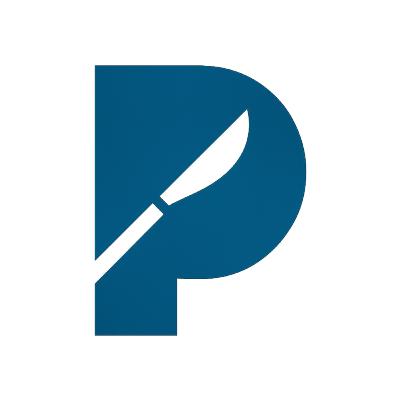Pulse Ox & Heparin in Hand Trauma: What the Evidence Says
Description
Hand trauma with vascular compromise demands fast and accurate decision-making. In this episode of Plastics in Practice, we review two pivotal studies shaping how we triage and manage these patients: the use of pulse oximetry for objective assessment of vascular injuries and the role of IV heparin following digital replantation.
Traditional bedside exam—capillary refill, Doppler signals, pinprick—remains subjective and operator-dependent. Tarabadkar et al. (PRS, 2015) demonstrated that pulse oximetry provides reliable, objective data:
Digits with ≥95% SpO₂ had no ischemic injury.
Digits ≤84% SpO₂ all required operative repair .
This tool can reduce unnecessary transfers and streamline triage.
On the anticoagulation side, Nishijima et al. (PRS, 2019) conducted a randomized trial on unfractionated heparin after digital replantation. Their findings:
No overall survival benefit with routine heparin.
Higher risk of congestion/complications in the heparin group.
Subgroup benefit for patients ≥50 years old, with significantly higher success when given heparin .
Key Takeaways:
Pulse ox is quick, widely available, and should be part of every vascular hand trauma triage.
Cutoffs: ≥95% → safe; ≤84% → surgical intervention needed.
Routine IV heparin post-replantation is unnecessary.
Consider targeted use of heparin in older patients or high-risk vascular repairs.
Evidence-based triage + anticoagulation = better outcomes, less morbidity.
References:
Tarabadkar N, Iorio ML, Gundle K, Friedrich JB. Plast Reconstr Surg. 2015;136(6):1227-33. doi:10.1097/PRS.0000000000001777
Nishijima A, Yamamoto N, Gosho M, et al. Plast Reconstr Surg. 2019;143(6):1224e-1232e. doi:10.1097/PRS.0000000000005665






